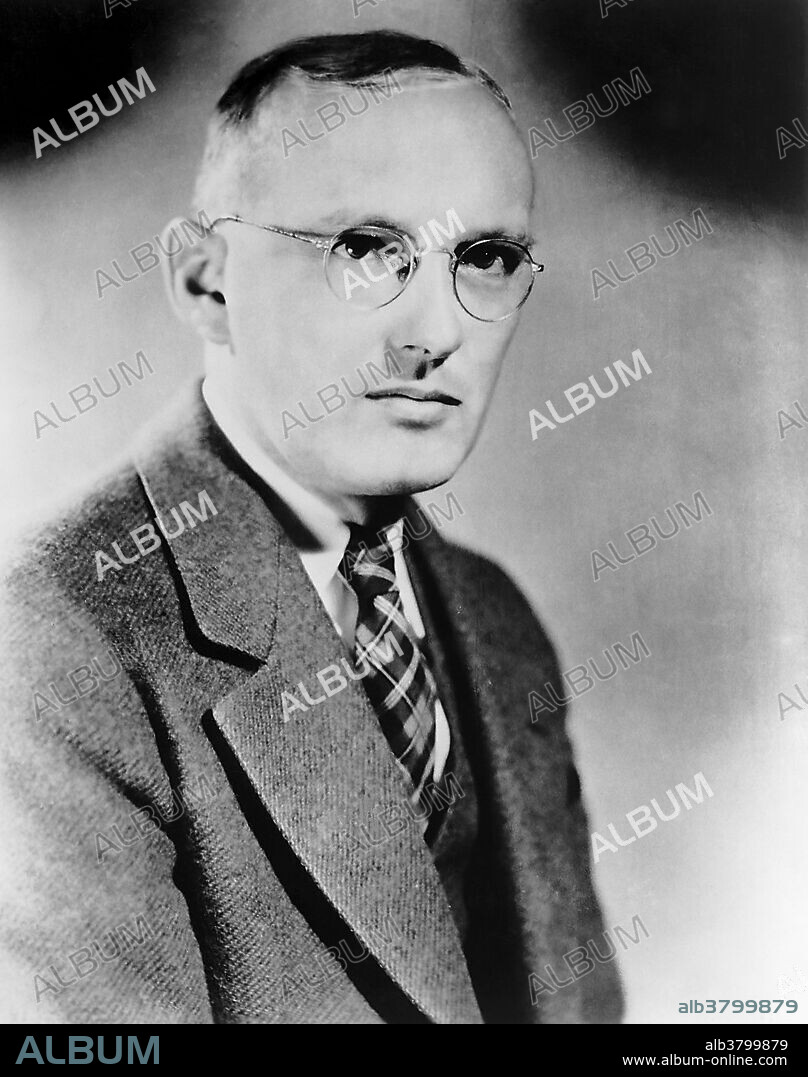alb3799879
Karl Jansky, American Physicist and Radio Engineer

|
Ajouter à une autre Lightbox |
|
Ajouter à une autre Lightbox |



Avez-vous déjà un compte? S'identifier
Vous n'avez pas de compte ? S'inscrire
Acheter cette image
Titre:
Karl Jansky, American Physicist and Radio Engineer
Légende:
Voir la traduction automatique
Karl Guthe Jansky (October 22, 1905 - February 14, 1950) was an American physicist and radio engineer who in August 1931 first discovered radio waves emanating from the Milky Way. He is considered one of the founding figures of radio astronomy. At Bell Telephone Laboratories in Holmdel, New Jersey, Jansky built an antenna designed to receive radio waves at a frequency of 20.5 MHz. It was mounted on a turntable that allowed it to be rotated in any direction, earning it the name "Jansky's merry-go-round". It had a diameter of approximately 100 ft. and stood 20 ft. tall. By rotating the antenna on a set of four Ford Model-T tires, the direction of a received signal could be pinpointed. A small shed to the side of the antenna housed an analog pen-and-paper recording system. Bell Labs, however, rejected his request for funding on the grounds that the detected emission would not significantly affect their planned transatlantic communications system. Jansky was re-assigned to another project and did no further work in the field of astronomy. He died at age 44 due to a heart condition. In honor of Jansky, the unit used by radio astronomers for the strength (or flux density) of radio sources is the jansky. The crater Jansky on the Moon is also named after him.
Crédit:
Album / Science Source / Library of Congress
Autorisations:
Modèle: Non - Propriété: Non
Questions sur les droits?
Questions sur les droits?
Taille de l'image:
2179 x 2760 px | 17.2 MB
Taille d'impression:
18.4 x 23.4 cm | 7.3 x 9.2 in (300 dpi)
Mots clés:
AMÉRICAIN • ANTENNE • BELL LABS • CÉLÈBRE • CELEBRITE • HOMME • PERSONNAGES • PERSONNE • PORTAIT • PORTRAIT • POTRAIT • RADIOASTRONOMIE • VOIE LACTEE • XXE SIECLE
 Pinterest
Pinterest Twitter
Twitter Facebook
Facebook Copier le lien
Copier le lien Email
Email
